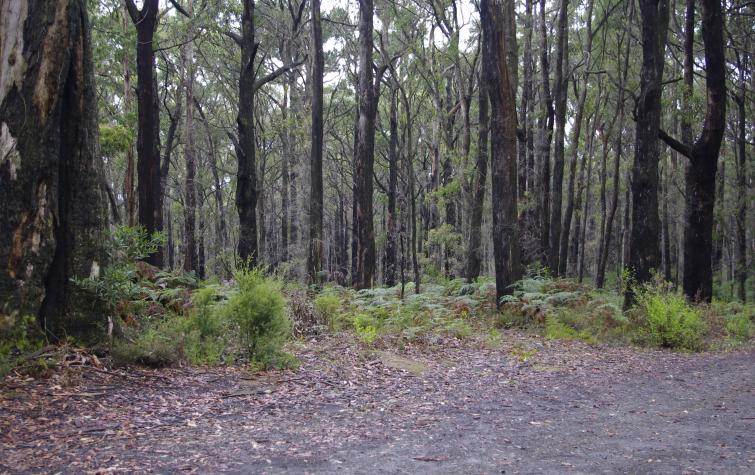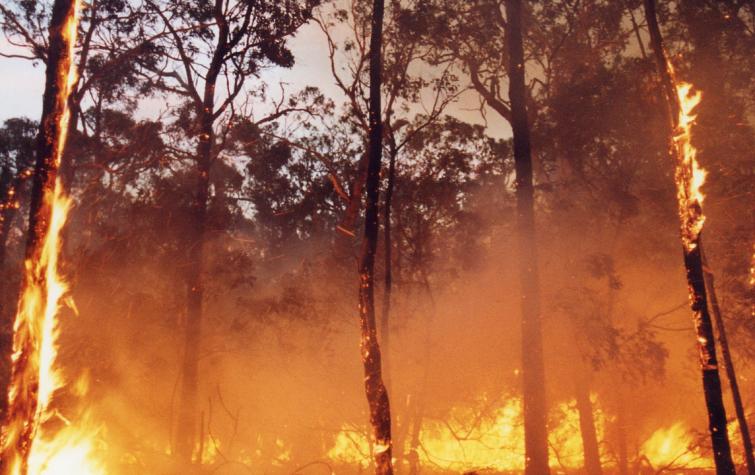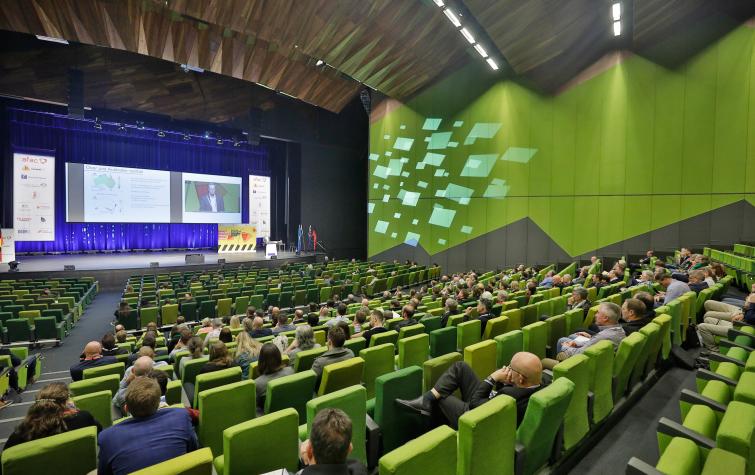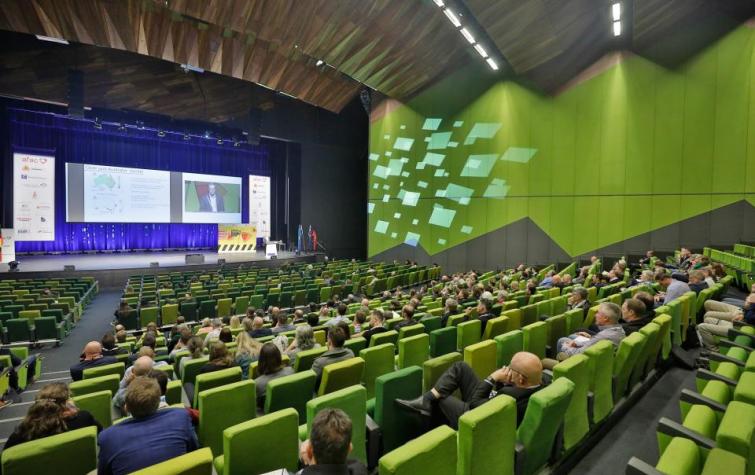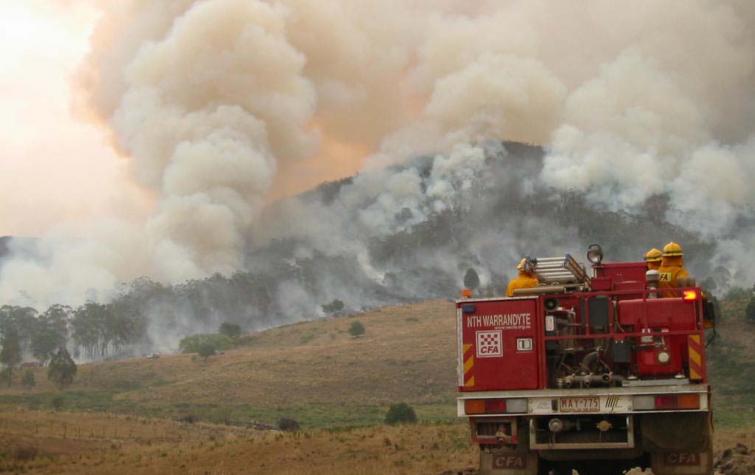Project leadership
This project was commissioned and funded entirely by the Department of Environment, Land, Water and Planning, Victoria.
The research was completed through the Bushfire and Natural Hazards CRC's Tactical Research Fund.
Lead end user
Over six years, the project used cutting-edge technology to produce near-real-time spatial information on fuel condition, fire hazard and impact to support a wide range of fire risk management and response activities such as hazard reduction burning and pre-positioning firefighting resources and, in the longer term, the new Australian Fire Danger Rating System. Based on the research findings, the researchers have produced the Australian Flammability Monitoring System, an interactive map of immediate fire danger associated with landscape dryness, which uses satellites to collect information about moisture content in trees, shrubs and grass, and assists with prescribed burning efforts and assessment of firefighting resources.
This project sought to optimise the use of earth observing systems for active fire monitoring by exploring issues of scale, accuracy and reliability, and to improve the mapping and estimation of post-fire severity and fuel change through empirical remote sensing observations. A particular focus was on the analysis of data obtained from Himawari-8, which is able to provide updated imagery on a 10 minute basis.+++++
This project examined the use of detailed land surface models, satellite measurements and ground-based observations for the monitoring and prediction of landscape dryness. The research team developed a standalone prototype land surface modelling system, called Joint UK Land Environment Simulator based Australian Soil Moisture Information (JASMIN) to produce daily soil moisture analyses at 5km resolution and 4 soil layers. Verification against ground-based soil moisture observations shows that this prototype system is significantly more skilful than both the Keetch–Byram Drought Index and Soil Dryness Index. This project also aimed to improve applications such as fire danger mapping that may require soil moisture information at higher spatial resolution due to the large spatial variability of soil moisture in the landscape, and developed a simple yet skilful model to predict live fuel moisture content for the whole of Australia.
Research team:
This research tested two established reliable physics-based models—the Fire Dynamics Simulator and FIRESTAR3D—to simulate bushfire scenarios in three broad areas: sub-canopy wind flow, firebrand transport, and propagation of grass and forest fires. The team has made significant inroads into providing usable outputs as well as understanding various aspects of bushfire behaviour. This project was established to create a capability and capacity in Australia to conduct research and understand physical-based wildfire modelling approaches. There are several international groups developing these models, and it is imperative that Australia can interact and work alongside these researchers to translate the findings to the Australian context.
Research team:
This study is identifying the thresholds beyond which dynamic fire behaviour becomes a dominant factor, the effects that these dynamic effects have on the overall power output of a fire, and the impacts that such dynamic effects have on fire severity. This will necessarily include consideration of other factors such as how fine fuel moisture varies across a landscape. The research team is investigating the conditions and processes under which bushfire behaviour undergoes major transitions, including fire convection and plume dynamics, evaluating the consequences of eruptive fire behaviour (spotting, convection driven wind damage, rapid fire spread) and determining the combination of conditions for such behaviours to occur (unstable atmosphere, fuel properties and weather conditions).
27 Aug 2019
The Australian Fire Danger Rating System Program is building a new fire danger rating system.
Resources credited
| Type | Released | Title | Download | Key Topics |
|---|---|---|---|---|
| Presentation-Slideshow | 15 Sep 2020 | France-Australia Workshop: Day 1/Panel 1 Stuart Matthews |
|
|
| Presentation-Slideshow | 27 Aug 2019 | Detecting Active Fires using Himawari-8: a report from the NSW trial |
|
fire, fire impacts |
| Presentation-Slideshow | 27 Aug 2019 | Fire weather and prototype fire danger ratings for the Gell River fire, Tasmania |
|
fire, fire weather |
| Presentation-Slideshow | 07 May 2019 | Spot-fire project: prescribed burning insights? |
|
|
| Presentation-Slideshow | 07 Jul 2017 | Building bushfire predictive services capability |
|
fire, fire weather, modelling |



